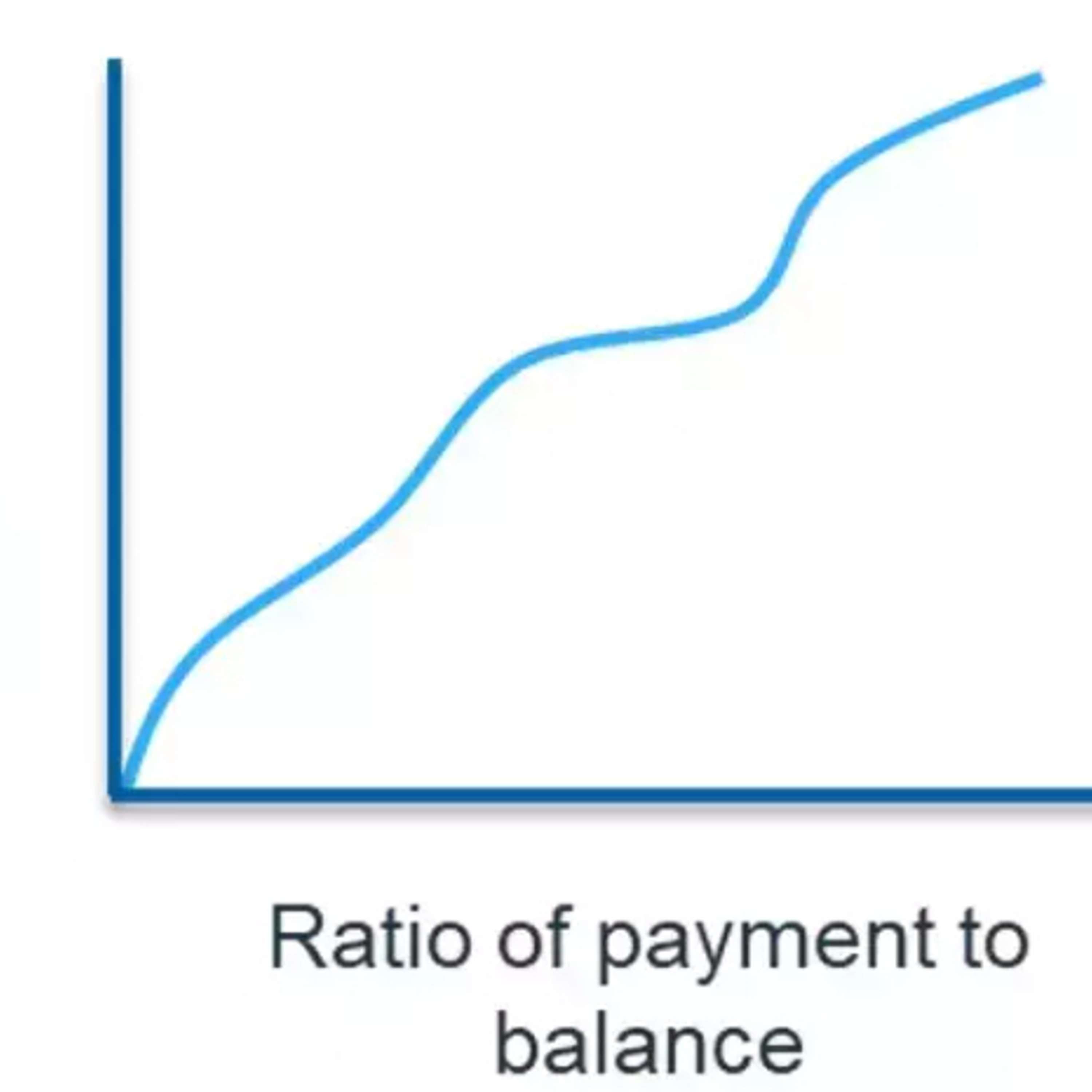
How To Use Target Encoding in Machine Learning Credit Risk Models – Part 1
2024/6/5

Machine Learning Tech Brief By HackerNoon
Frequently requested episodes will be transcribed first
Shownotes Transcript
This story was originally published on HackerNoon at: https://hackernoon.com/how-to-use-target-encoding-in-machine-learning-credit-risk-models-part-1). Discover how to use target encoding and weight of evidence for transforming categorical variables in supervised learning, enhancing model performance. Check more stories related to machine-learning at: https://hackernoon.com/c/machine-learning). You can also check exclusive content about #ml-credit-risk-models), #target-encoding), #ml-models), #output-encoding), #logistic-regression), #piecewise-constant-model), #predictive-ml-modelling), #ml-model-optimization), and more.
This story was written by: [@varunnakra1](https://hackernoon.com/u/varunnakra1)). Learn more about this writer by checking [@varunnakra1's](https://hackernoon.com/about/varunnakra1)) about page,
and for more stories, please visit [hackernoon.com](https://hackernoon.com)).
Target encoding transforms categorical variables into numerical values based on the target variable, while Weight of Evidence (WoE) applies this concept to continuous variables for binary classification. WoE calculates log-odds differences between specific regions and overall averages, offering a powerful tool for credit risk modeling and other applications.